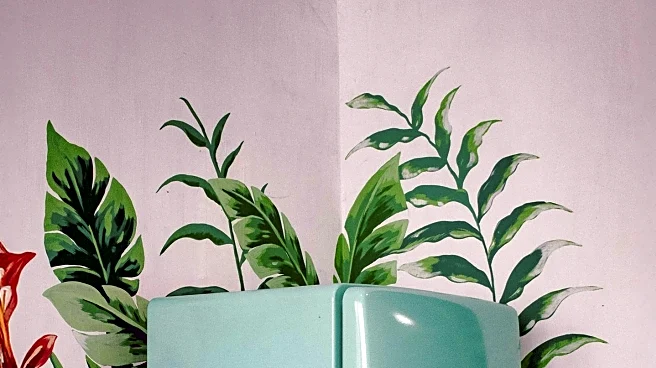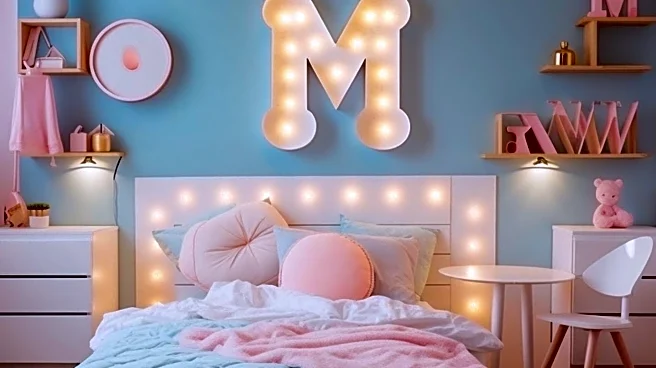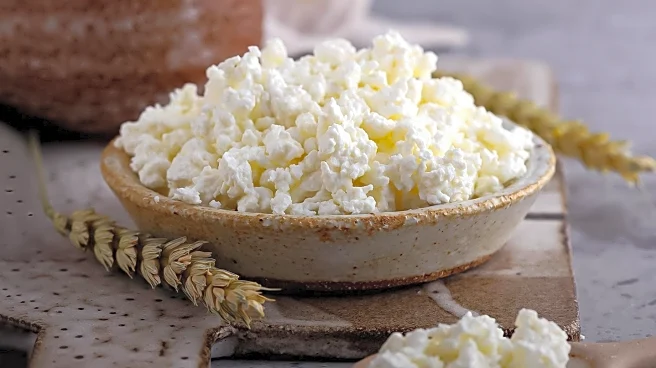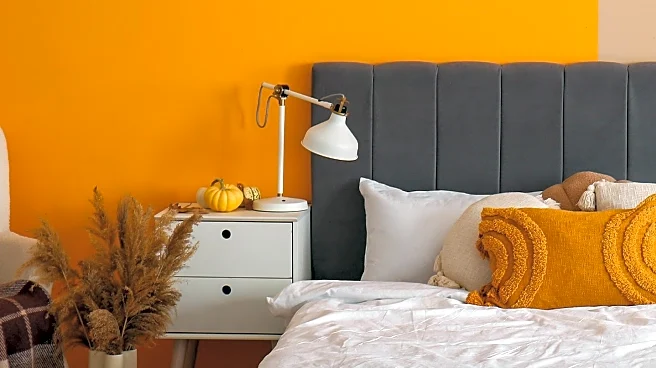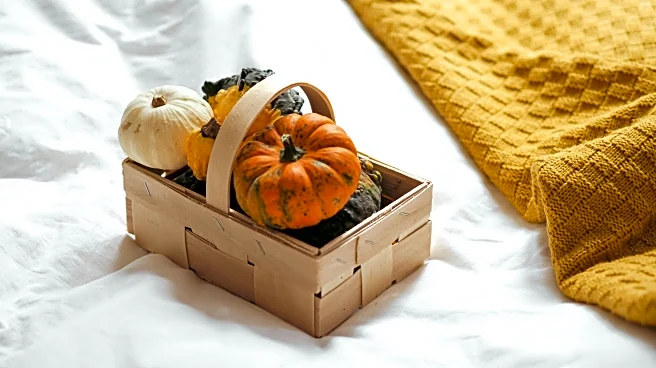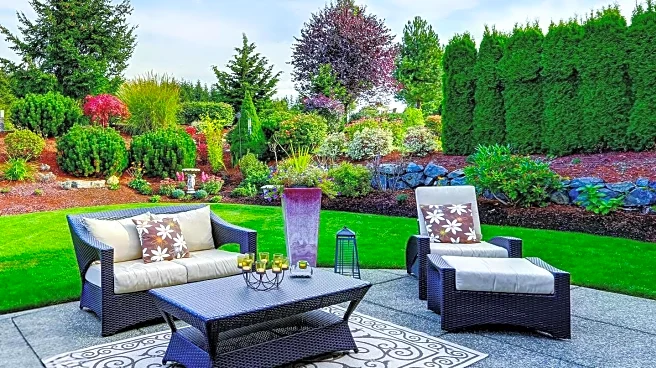What's Happening?
A new collection of historic-inspired decor has been introduced, featuring items that blend antique influences with practical design. This range includes carved ornamentation, traditional patterns, and
hand-stamped stoneware, all reinterpreted with a contemporary touch. The collection aims to add texture, form, and character to interiors without overwhelming them. Items such as Belgian tapestries, Turkish ceramics, and hand-blown glassware are crafted to inspire and last, bringing the detail and craftsmanship of history into modern living spaces. The collection is available through the British Museum Shop, offering a balance of simplicity and heritage for those looking to enhance their home decor.
Why It's Important?
This collection represents a growing trend in home decor that values historical craftsmanship and design. By incorporating elements from different cultures and eras, the collection offers consumers a way to personalize their living spaces with items that have a story and artistic value. The blend of tradition and modern design appeals to those seeking unique and meaningful decor, moving away from generic, mass-produced items. This trend also reflects a broader cultural appreciation for history and craftsmanship, influencing consumer preferences and design practices.
What's Next?
As interest in historic-inspired decor grows, similar collections may emerge, offering consumers more options to incorporate tradition into their homes. Retailers and designers might explore new ways to blend historical elements with modern functionality, catering to the demand for unique and personalized decor. The trend could also lead to collaborations between museums and designers, creating exclusive collections that highlight cultural heritage.
Beyond the Headlines
The emphasis on historic-inspired decor highlights a cultural shift towards valuing heritage and craftsmanship. These items not only enhance aesthetic appeal but also serve as conversation pieces, connecting consumers to different cultures and histories. As sustainability becomes a priority, the focus on durable, well-crafted items aligns with eco-friendly values, encouraging consumers to invest in quality over quantity.



